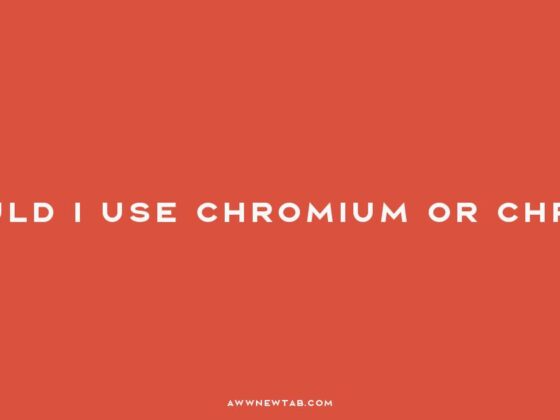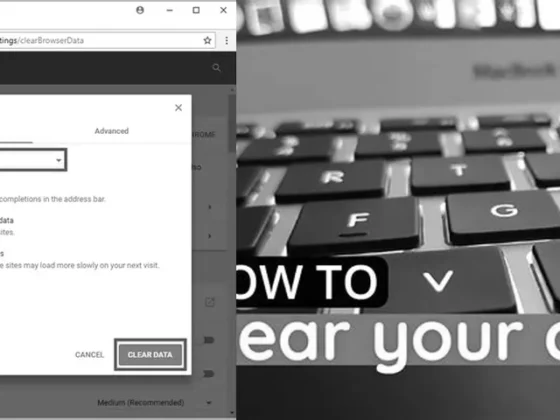What Software Do Disney Animators Use? Unveiling the Magic Behind Disney Animation with Autodesk Maya and RenderMan – Have you ever wondered what software Disney animators use to bring their magical creations to life? Well, get ready to step behind the screen and discover the enchanting world of animation technology. In this blog post, we will unravel the secrets of Disney’s animation process and explore the software that makes it all possible. From the mesmerizing powers of Autodesk Maya to the wizardry of RenderMan, we’ll delve into the tools and techniques that Disney animators rely on to create their timeless masterpieces. So, whether you’re an aspiring animator or simply curious about the inner workings of the animation industry, join us on this captivating journey as we explore the intersection of art and technology. Get ready to be spellbound!
The Magic Behind the Screen: Autodesk Maya’s Role in Disney Animation
Have you ever wondered what kind of sorcery Disney animators use to bring their fantastic worlds and characters to life? Well, it’s not exactly a magic wand, but rather a powerful tool known as Autodesk Maya. This leading 3D animation software is the digital paintbrush for Disney’s artists, and it’s easy to see why. With Maya, animators can create not just simple animations but entire universes brimming with data visualizations, lifelike characters, and breathtaking effects. The software’s robust capabilities in simulation, modeling, and motion graphics allow for the crafting of scenes that captivate audiences around the globe.
Maya: A Playground for Creativity
The versatility of Maya is one of its most compelling features. It empowers animators at Disney to think bigger and bolder, pushing the boundaries of what can be achieved in digital storytelling. Whether it’s a delicate flutter of a butterfly’s wings or the thunderous charge of an army, Maya handles it with precision. The software’s intricate tools and user-friendly interface combine to make the complex art of animation seem like child’s play to the trained professional.
Realistic Characters and Effects: Bringing Fantasies to Life
One of Maya’s standout features is its simulation capabilities. The software allows animators to create characters that move and interact in ways that feel real and believable. It’s not just about moving a character from point A to point B; it’s about imbuing that character with a sense of weight, emotion, and presence. The realistic effects possible with Maya are so detailed that you can almost feel the dragon’s breath or the splash of the sea.
RenderMan: Pixar’s Rendering Wizardry
The Rendering Powerhouse Behind Pixar
While Maya is the artist’s studio, RenderMan is the gallery where Pixar’s creations are illuminated for the world to see. RenderMan is the rendering engine that transforms the detailed 3D models and animations crafted in Maya into the final images that appear on screen. It’s the process of adding light, shade, color, and texture to the bare-bones of a 3D scene, and RenderMan does this with a finesse that has become synonymous with Pixar’s signature look.
RenderMan for All: From Big Studios to Individual Creators
Not just a tool for the titans of animation, RenderMan has also been made available as a commercial product, accessible to third parties. This democratization of technology has allowed a broader range of artists and studios to tap into the high-quality rendering capabilities that are a hallmark of Pixar’s films. And in 2015, the availability of a free non-commercial version of RenderMan opened up possibilities for students, hobbyists, and up-and-coming animators to experiment and learn using industry-standard tools.
The Art of Movement: Disney’s Squash and Stretch Technique
The Secret to Believable Animation
It’s not just the software that contributes to the magic of Disney’s animations. A time-honored technique known as squash and stretch plays a crucial role in breathing life into animated characters. This principle involves manipulating a character’s shape—compressing it (squash) and elongating it (stretch)—to give the illusion of weight, volume, and flexibility. It’s a subtle art that, when mastered, makes the difference between a flat, static figure and one that seems to possess a soul.
Mastering the Illusion of Life
Disney animators use squash and stretch to convey emotions and reactions that resonate with viewers. The exaggeration of movements can signify anything from the bounce of a ball to the recoil of a character in shock. It’s a technique that requires not just an understanding of the software tools at one’s disposal but also a deep comprehension of the principles of animation and physics.
Maya: Not Just for the Big Leagues
Professional Software for Serious Animators
Autodesk Maya may be a staple in large animation studios like Disney, but it’s also a beacon for professional animators everywhere. Although the cost of Maya reflects its high-end capabilities, it represents an investment for serious animators who demand the best tools for their craft. The return on this investment is the ability to produce work that stands shoulder-to-shoulder with the output of the world’s most renowned animation studios.
Investing in Your Animation Career
For those looking to break into the industry or elevate their work, mastering Maya is a step towards achieving those dreams. The software’s comprehensive toolset means that learning it can be a daunting task, but the payoff is the ability to bring the most complex and creative visions to life. And with the growing availability of online tutorials, courses, and forums, the resources to learn Maya are more accessible than ever.
Conclusion: The Intersection of Art and Technology
The question of what software Disney animators use is more than a matter of curiosity; it’s a window into the intersection of art and technology. Autodesk Maya and Pixar’s RenderMan are more than just tools; they are the canvas and paint of the modern animator. The artists who wield these tools do so with a combination of technical skill and creative vision, producing works that charm and inspire. The principles of animation, like squash and stretch, marry these tools with timeless storytelling techniques, ensuring that the characters and worlds we love from Disney and Pixar continue to captivate us, movie after movie.
For aspiring animators and enthusiasts alike, understanding and utilizing these tools can open doors to a world of creativity and opportunity. The journey through the labyrinth of professional animation software like Maya is challenging, but as many Disney films remind us, the rewards at the end of the adventure are often worth the trials faced along the way.
FAQ & Related Questions about What Software Do Disney Animators Use?
Q: What software do Disney animators use?
A: Disney animators use Autodesk Maya, which is a leading 3D animation software.
Q: What other animation software does Disney use?
A: Disney also uses RenderMan, which is used for rendering their in-house 3D animated movie productions.
Q: What software did Disney use to make Moana?
A: Disney used a mix of industry software, such as Autodesk Maya with custom-built add-ons, and Hyperion, Disney’s global illumination renderer, to make Moana.
Q: Is DreamWorks Animation better than Disney?
A: This question is subjective and depends on personal preference. Both DreamWorks Animation and Disney are renowned animation studios with their own unique styles and successes.
Q: Does Disney have an animation program?
A: Yes, Disney has an animation program called Disney Animation’s Trainee program. It offers an immersive experience into their production pipeline, tools, craft, and studio culture.


